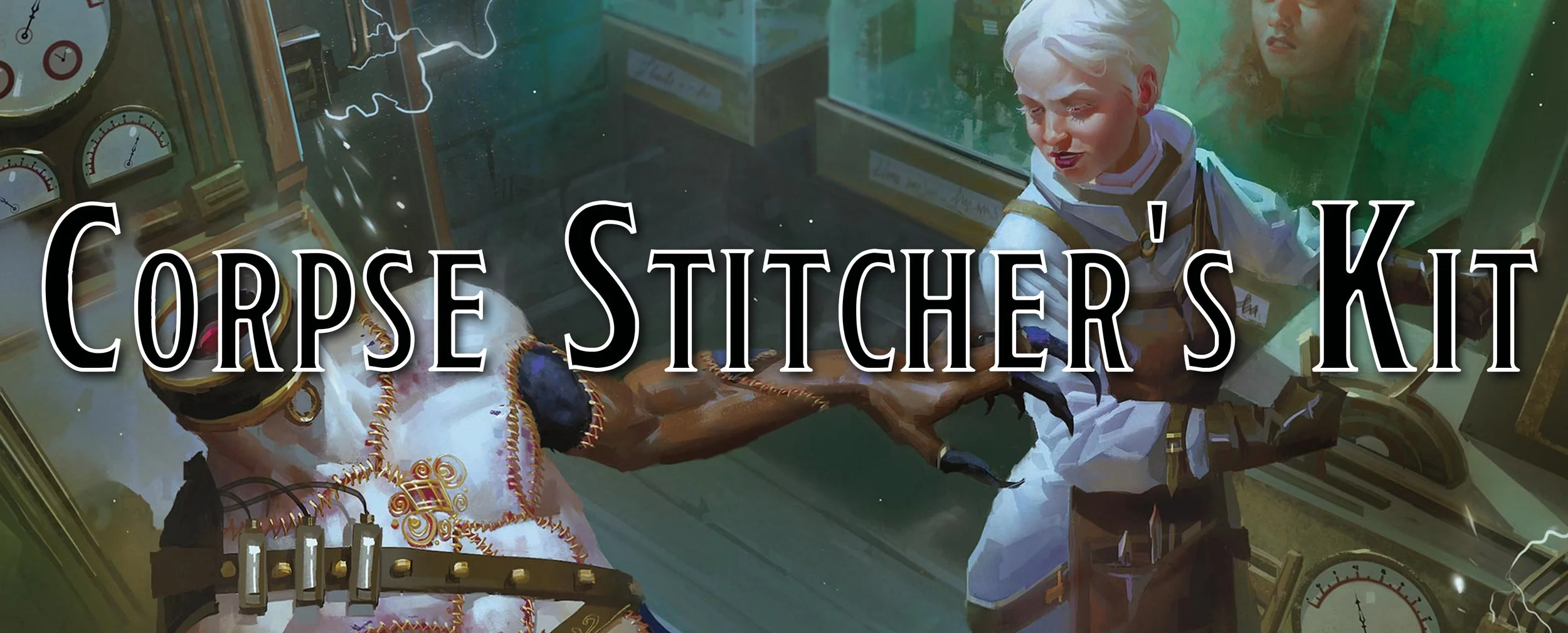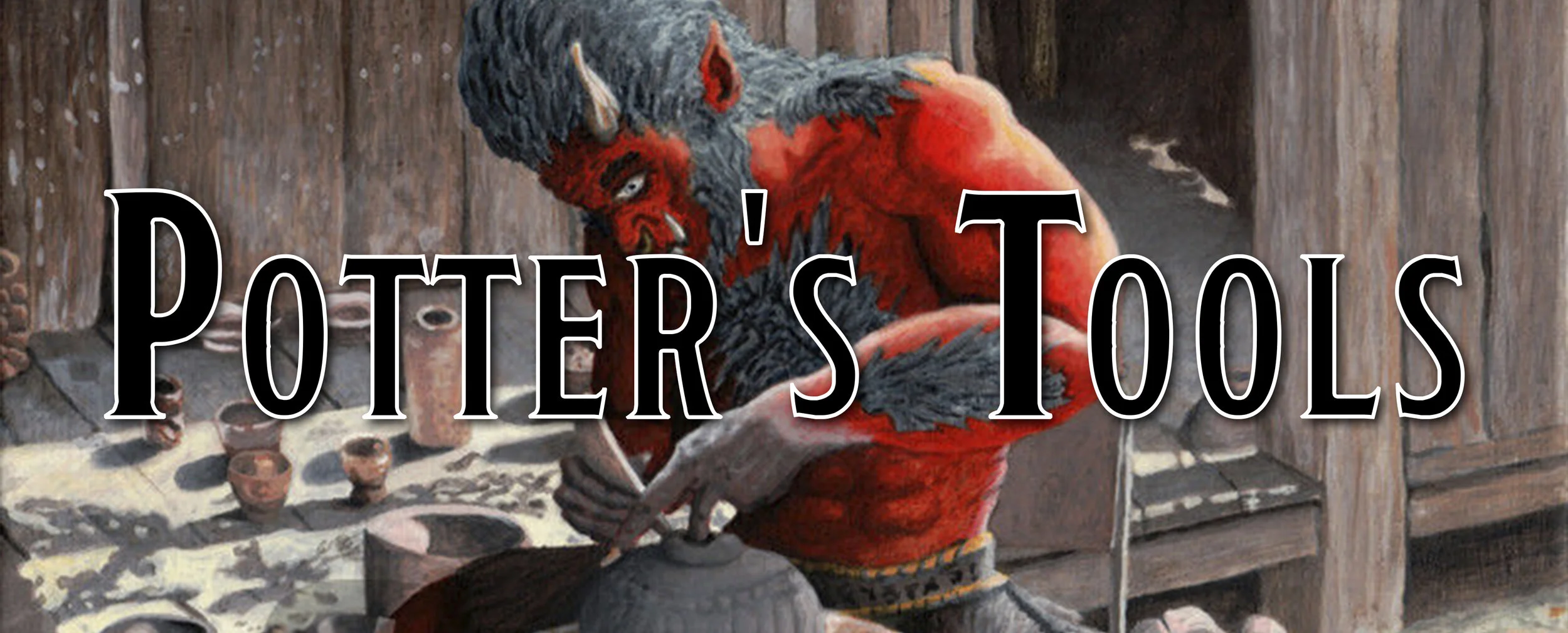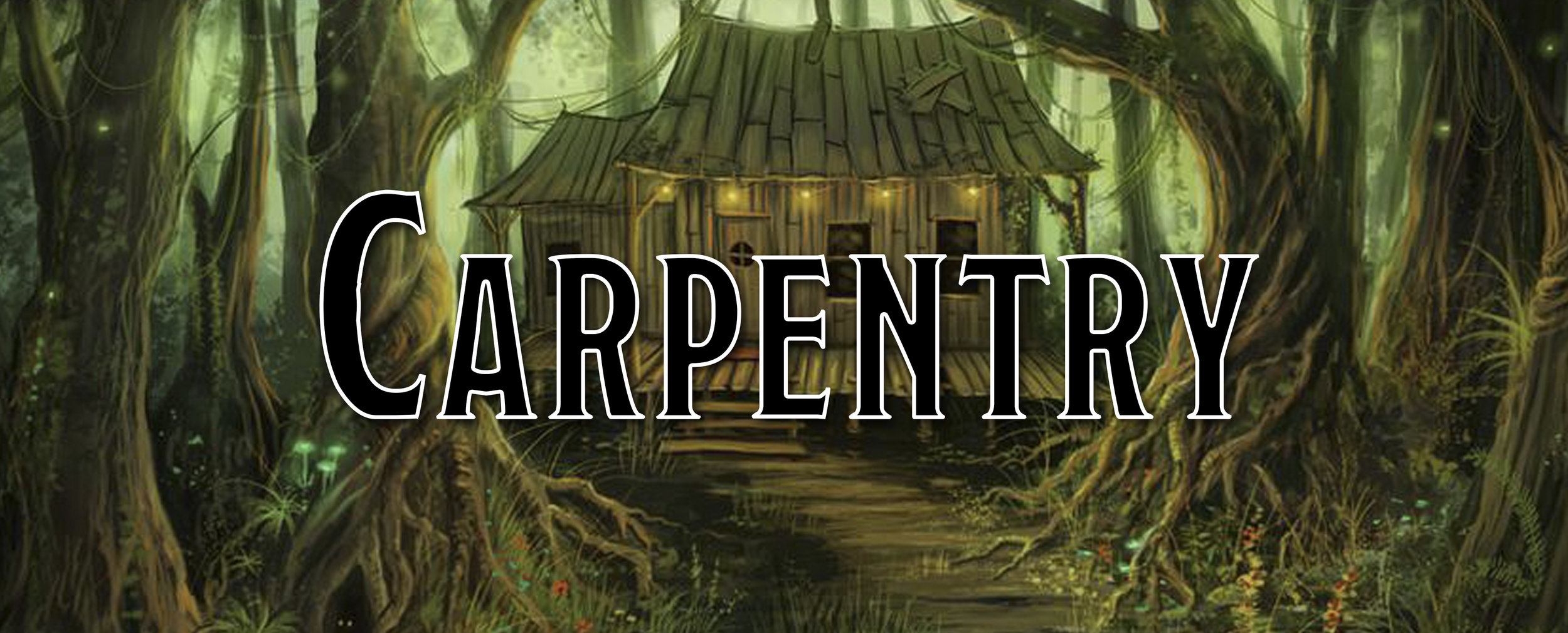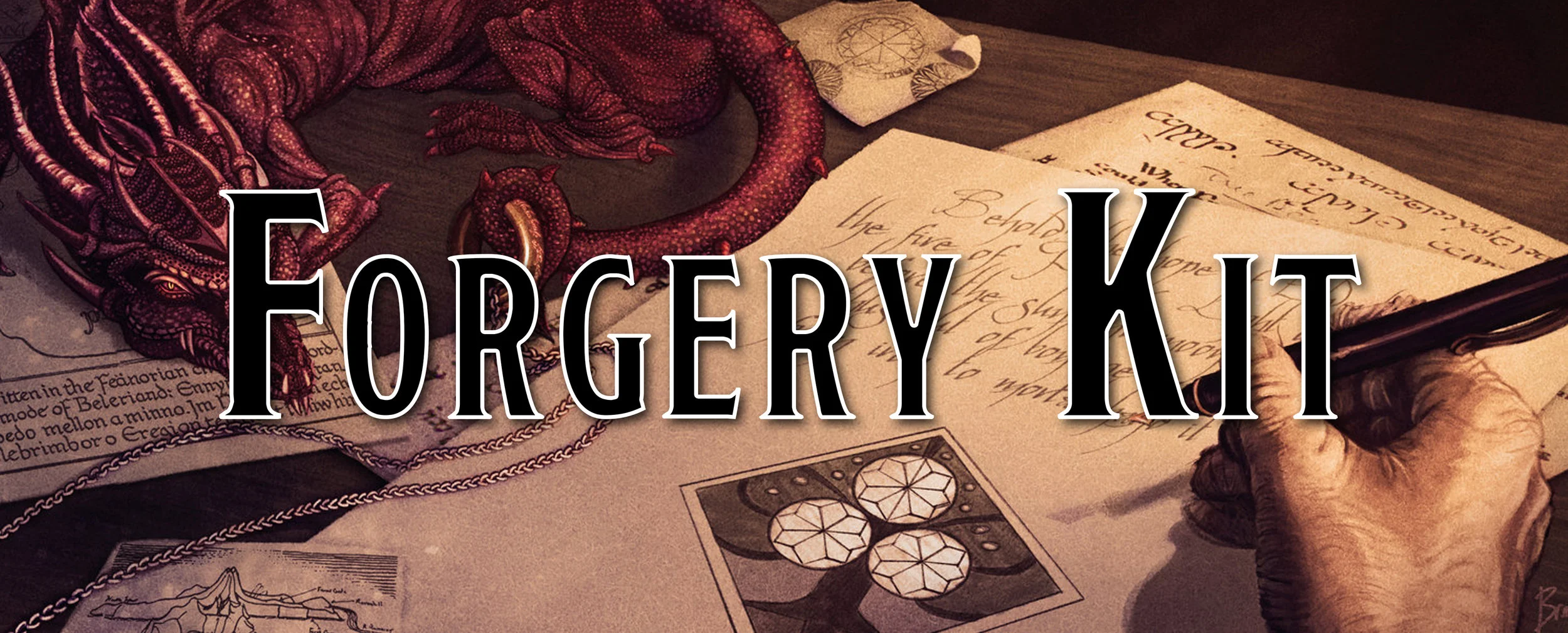More Tools for 5e: Gunsmith's Kit
This past weekend, I was at C2E2 up in Chicago. It was fun, I enjoyed walking around and seeing all the cosplays. I say this because some of you who follow the blog might notice that typically, I release an article on the planes every two weeks, and last week, I created the Scrollscriber’s Supplies. Unfortunately, my plans of doing the Heroic Domains of Ysgard fell through and so I decided, as it had been requested and inspiration struck me, to create the Gunsmith’s Kit!
Gunsmith’s Kit
On pages 267 and 268 of the Dungeon Master’s Guide, WotC provides information and rules on including firearms in your games. In fact, they go on to say if you want a more three musketeers feel to your game, here are a few Renaissance firearms to include. I find that very amusing as firearms were in Europe in the mid-1300s CE, and the rapier, which I’d argue is probably the musketeer's most well-known weapon, wasn’t around until the 1500s. If you don’t recall, guess which weapon shows up in the Player’s Handbook… It’s the Rapier. You have all the Renaissance flavor you need!
I’m only slightly joking. But, technology in Dungeons & Dragons doesn’t make sense so we will just ignore that for now. Instead, we are going to look at what they provide for firearms, and how that works with my tools.
For those that don’t care about the how of my tool:
For best results in GM Binder, use a Chrome Browser
Crafting a Firearm
In order to produce a firearm, you need a Gunsmith’s Kit, which includes a variety of hand tools, a rotary tool, metal files, a vial of oil, and a hammer. These components, along with raw materials like metal and wood, will allow you to craft your gun and bring the pain to the hordes of monsters out in the world. Once you have spent the required amount of gold to build your weapon, you must now spend time working on the gun with your kit.
Once you have the required materials, you then must spend time working and constructing the gun in 4-hour increments. Every gun takes a different amount of time to construct, and once you are done, the gunsmith then needs to make a check to ensure that everything is in great shape and is ready to be used. This couched behind an Intelligence check because you are basically investigating the gun, looking for hairline fractures, that the firing pin (if there is one) is in the right position, that the barrel is straight and more. This is a stick that lets out a mighty belch of fire and smoke, it’s important to ensure it is in working order and it isn’t going to explode in your hands.
If you fail that check or somehow break the firearm during an adventure, you must then make repairs on the device. This takes a quarter of the time it took to build the weapon and a quarter of the cost in materials. If your pistol took 24 hours to build and cost 250 gp total, to repair the pistol, it would require 6 hours and cost 62.5 gold pieces to attempt a fix.
Including Your Own Firearms
If you have your own firearms and you want to know how I figured out the DC and time required to work on the gun, it’s relatively simple. The DC is based off of the damage die of the weapon, a 1d8 weapon is a DC 10, 1d10 is a DC 12, 1d12 is a DC 15. After that, the DC will increase slower, a 2d4 is DC 16, 2d6 is DC 17, 2d8 is DC 18 and so on from there.
The time to create a firearm is also based on the average of the damage die plus if the weapon has a reload property that increases the amount of time to create the weapon equal to the reload property. A pistol that deals 1d10 damage has an average damage of 6, multiply that by 4 and it will take you 24 hours to create the weapon. If that same pistol also had a reload property of 4, it would add an additional 4 hours to the total time it takes to produce the firearm.
Smokepowder
Because not every world allows gunpowder, like the Forgotten Realms, you might be unsure how to incorporate guns into your own magical world. Well, the Forgotten Realms introduces a substance known as smokepowder that is in no way gunpowder… but it is very volatile and goes bang. I don’t know much about the Forgotten Realms, so I just took the name and made my own backstory for smokepowder.
Smokepowder is the remains of fire elementals who die in the Material World. When a fire elemental is killed, it leaves behind a goo known as pyrejelly that burns for several hours or even days until it burns itself out and looks like a hard, black rock. Alchemists can then take that rock and purify it through chemicals and the like, producing a refined substance known as smokepowder. This keeps the firearms exploding with magic, and I find it a bit more exciting than just mining for saltpeter.
Of course, in the future of your world when alchemists have giant farms of fire elementals being killed for their remains… how would you see that effecting your world? Just a thought to consider, and maybe it can provide some inspiration for a future game of yours.
Era of Guns
Depending on your world and how you see the progression of firearms, I provide two different Eras and their types of weapons. The Early Era is just a shorthand name for basically when the firearms would be first used in their pistol or musket shapes. This would be a smooth-bore musket; you’d need a ramrod, and it would be a very haphazard process of ramming in gunpowder, the bullet, and wadding.
The Developed Era is just a shorthand name for firearms being further developed and arriving in a variety of different forms like revolvers or blunderbusses. These weapons typically use ammunition from cartridges or bullets as how we know them in the modern day, though not all of them. These weapons are better built and would be more widespread in a world than just a single person knowing how to build or create them.
Special Ammunition and Variant Rules
Because I can’t create anything too simple, I went ahead and built up a few different ammo types you could use in your own guns to provide a bit of variety. Hollow bullets are designed to explode in your target, causing them to gush blood constantly, followed by tracer bullets that light up the target, similar to a guiding bolt spell. Both of these ammo types increase the DC, the Cost, and the Time spent to produce more ammo and shouldn’t be treated like normal ammo but rather special occasion ammo… unless you just have that much money and time on you.
Also, variant rules! Sometimes I think of rules that sound cool, but they don’t need to be in the core set of rules for a tool to work and might even complicate matters more. You may have noticed that my firearms don’t have a misfire chance, that’s on purpose.
See, I dislike Misfires. You have a 5 or 10 or 15% chance of your gun breaking down on you? That sucks, and kind of makes you look like a buffoon on the battlefield (in my own personal opinion). This mindset was originally brought into 5e, as far as I can tell, by Matt Mercer, and that was simply something he brought over from their Pathfinder game and the Pathfinder firearms. Pathfinder has misfires because their firearms are actually stronger than their 5e counterparts and the designers created them as appropriate counters to the strength of a firearm.
In 5e, guns don’t have that problem of being overpowered unless you are playing with alien laser beams. They have similar damage to that of crossbows and they cost so much more. You have to produce ammunition, you have to buy a weapon that costs about 4 times as much as a crossbow, and you get an average of 1 more damage per shot than before. All this to say, I dislike Misfires, but I included them as variant rules because I know others like it.
Wrapping It All Up
To build and craft your gun, you need a gunsmith’s kit. This tool allows you to create the complex and deadly weapons of fire and noise, raining hellfire down on the battlefield. Hopefully, this tool can be a great resource for all you deadly gunslingers out there, and you end up with some mighty trophies of the dragon, yeti, and more heads to decorate your feast halls.
If you want a printer-friendly PDF of this tool or any other tool, consider supporting us at the $1 tier on our Patreon! All tools that I’ve created or will create in the future will be uploaded to our Patreon in printer-friendly versions. We appreciate any and all support!
Like what we are doing here?
Support us on Patreon!
You’ll get early access to deep dives, our Homebrew Hoard, ad-free articles, and more!
































